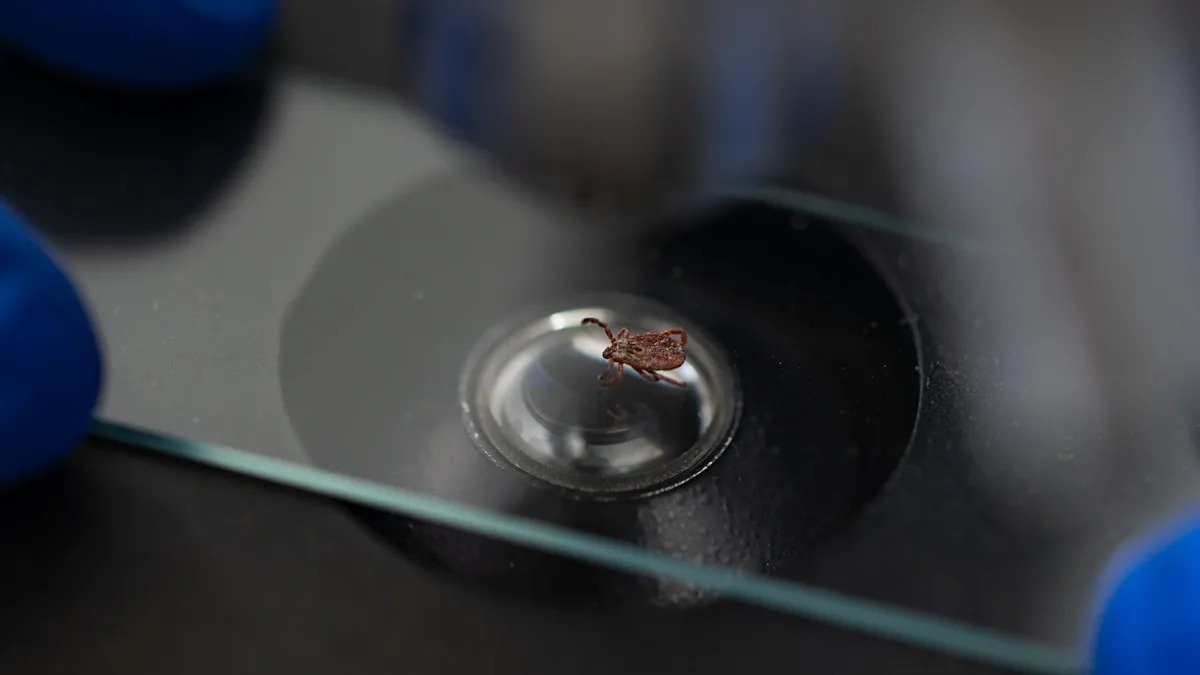Lifestyle
Health officials sound alarm after detecting disease across entire state — here’s what you need to know

New Jersey residents are facing a worrying public health challenge.
A report has confirmed that ticks carrying Lyme disease have been detected in all 21 counties across the state, raising fresh concerns about the spread of vector-borne illnesses in a warming world.
What’s happening?
The Asbury Park Press reported that state health officials have confirmed ticks capable of transmitting Lyme disease are now present everywhere in New Jersey.
Historically more concentrated in wooded areas, the pests are spreading into suburban and even urban environments. That means families may now be at risk not just while hiking, but also while enjoying backyards, parks, and sports venues.
Why is Lyme disease concerning?
Lyme disease is the most common vector-borne illness in the United States, with the Centers for Disease Control and Prevention estimating nearly 476,000 cases annually.
Symptoms range from fever and fatigue to severe joint pain and long-term neurological problems if left untreated.
Rising temperatures and shifting seasonal patterns are creating ideal conditions for ticks to breed and survive.
Warmer winters mean fewer die-offs, while wetter springs provide more vegetation and animal hosts. As a result, ticks are expanding into new territories and increasing the length of their active season.
For communities, that means a greater risk of exposure to diseases like Lyme, which can impact both quality of life and public health costs.
We’ve seen similar trends before. Invasive mosquitoes have led to an expansion of West Nile virus cases to more U.S. states, as CDC data shows, and cases of dengue fever have been reported in Florida and California.
Without intervention, these illnesses could become even more widespread.
What can be done to reduce the risk of Lyme disease?
Health officials are raising awareness about the dangers of tick bites and encouraging residents to use Environmental Protection Agency-approved repellents, wear long sleeves and pants outdoors, and check carefully for ticks after spending time outside.
On a larger scale, scientists have developed a chewable tick repellent, and landowners are exploring management strategies to reduce tick populations.
On an individual level, homeowners can help by keeping lawns trimmed, reducing brush where ticks hide, and creating buffer zones between wooded areas and living spaces.
But reducing the planet-warming pollution that causes temperatures to rise, leading to an increase in tick prevalence, is also essential. Broader solutions like electrification and renewable energy can curb the conditions that fuel vector-borne disease spread.
Join our free newsletter for good news and useful tips, and don’t miss this cool list of easy ways to help yourself while helping the planet.
